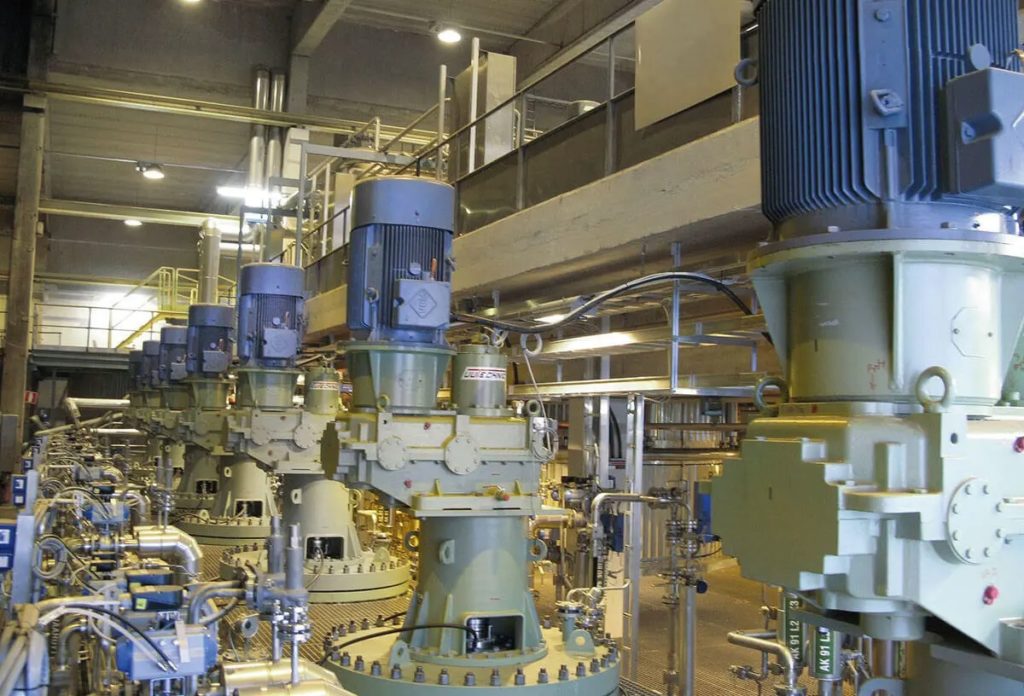Finland and Germany-based UTG Mixing Group’s expertise has been felt across the mining value chain, with a wide range of system solutions for atmospheric leaching reactors, pressurised autoclaves, concentration basins, ore preparation containers and slurry storage tanks. Acquired by SPX FLOW in 2021, UTG complements the group’s global portfolio of mixing and blending solutions, which includes the Lightnin, Plenty and APV brands.
Specifically, UTG offers several options for impeller designs in the mineral processing space and is able to tailor mixing solutions for customers dealing with large material flows. “In a metallurgical process, for example, it can be challenging to mix the liquid and the particles where the ore is crushed, ground, concentrated and goes into dissolution,” the company says. “If suspension settles at the bottom of the mixing tank, the technology fails and corrosion begins. Mixing solutions need the right agitators in the right places, combined withthe optimal power and speed.”
The company recently came to the rescue of a battery raw material producer that was ramping up a pressure oxidation leaching line, but suffering from poor mixing, threatening the entire investment. “Bottlenecks prevented the solid feed from flowing through the reactor cascade, lowering the realised oxygen utilisation and falling short of the capacity expected,” the company explained. “It’s a frequent problem. In extreme cases, agitation fails the reactor capacity, threatening the entire plant investment schedule.”
UTG partnered with the plant, launching an investigation that identified poor mixing as the reason for low leaching capacity, but another challenge remained: the existing installation set strict boundaries for system modifications, which risked at least a temporary shutdown. After several interviews with the plant’s operators, UTG took a sample of the leached material to the laboratory, simulating the mixing conditions to confirm the issue. The analysis uncovered problems with the reactor’s original impeller configuration, which caused injected gas to flood the impeller. The flooding, plus UTG’s discovery of a poor baffle and outlet design, caused partial solid settling, the company said.
UTG also found poor gas utilisation limited the reactor’s leaching capacity. UTG’s solution was to design a new impeller to stem the flooding and the solid accumulation it spurred. The company also redesigned the baffles and outlet structures, “adding quality” by calculating a new leaching capacity defined by measuring the mass transfer rate of the new design. The solution increased the mixing power ofthe reactors, allowing the use of the existing drivetrains, motors and sealing systems, according to the company. Retrofitting the existing impellers and tank internals eliminated losses caused by insufficient capacity, ensuring a fast-track, low-investment retrofit project with minimum shutdown, UTG added.
UTG regularly customises durable agitators, verifying designs with a computational fluid dynamics simulation before settling on a mixing solution. The company ensures these solutions include “quality” parts that are sustainable sourced, aiding their client’s own sustainability goals. The company’s experts also supervise commissioning and train customers to ensure the agitator performs, while a research and development centre in Germany provides the company with the ability to combine laboratory tests with computer-based simulations.











